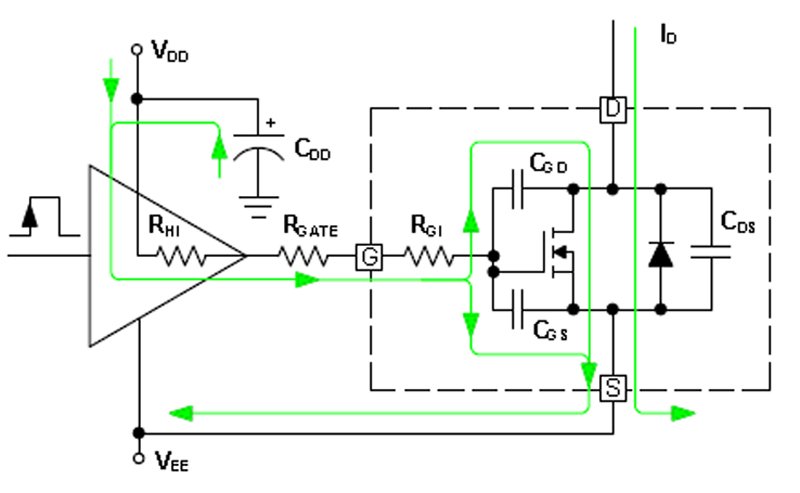Boost Your Project: MOSFET Gate Drive Efficiency Tips

Getting the most out of your MOSFETs means driving them correctly. If you’re a hobbyist or engineer working with microcontrollers and power devices, this post will help you fix common gate drive issues with simple tweaks using Made in India components.
🔧The Problem: Inefficient MOSFET Switching
MOSFETs act like fast switches, but only if you apply enough voltage to the gate (Vgs). Most power MOSFETs need 10V to fully turn on. If you’re driving them with just 3.3V or 5V from a microcontroller, the MOSFET may not fully switch—leading to heat, losses, and poor performance.
💡The Solution: Improve Gate Drive Voltage
To fix this, you need:
A gate driver IC to boost the control signal.
A gate resistor (typically 10–100Ω) to control inrush current and reduce EMI.
This ensures the MOSFET switches on/off cleanly, reducing heat and improving efficiency.
⚙️Practical Example: Motor Control Made Easy
Imagine you’re running a small DC motor using an N-channel MOSFET and a 3.3V logic pin. The motor stutters and the MOSFET heats up. Add a 10Ω gate resistor and a driver like IR2110 powered from 12V. Now the motor runs smoothly and the MOSFET stays cool!
📐Sample Calculation: Sizing the Gate Resistor
Let’s say:
Gate charge = 1000pF
Switching time (rise time) = 1µs
Gate current = Q/t = 1000e-12 / 1e-6 = 1mA
With a 10Ω resistor:
Power = I² × R = (0.001)² × 10 = 10µW – well within safe limits!
🛒Product Suggestion: Made in India Tools for the Job
🛍️ Shop now at SmartXProKits.in
Support our work and India’s innovation—buy from our Make in India site!




















